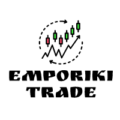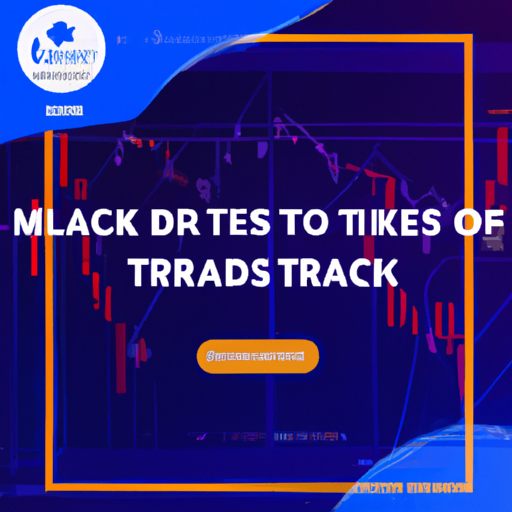Risk Management
Understanding risk management in trading
Risk management is a crucial aspect of successful trading. Without it, even the best trading strategies can fail miserably. Let’s dive into what risk management entails and how traders can use it to safeguard their investments.
What is risk management?
Risk management involves identifying, assessing, and prioritizing risks followed by coordinated efforts to minimize, control, and monitor them. In the context of trading, it means protecting your capital from significant losses.
Imagine you’re driving without seatbelts; risk management is like putting on those seatbelts before you start your journey. It ensures you’re safeguarded against unforeseen events.
The importance of risk management
Why is risk management so crucial? Because the market is unpredictable. Even seasoned traders face losses. However, with proper risk management strategies in place, these losses can be minimized.
Consider john, an experienced trader who once ignored risk management principles. He invested heavily in a stock based on a tip but didn’t set a stop-loss order. When the stock plummeted unexpectedly, he lost a significant portion of his capital. If he had employed risk management strategies, his loss would have been minimal.
Preservation of capital
The primary goal of risk management is to preserve your trading capital. This means ensuring that one bad trade doesn’t wipe out your account balance.
By setting stop-loss orders and diversifying investments across various assets or markets, traders can protect themselves from catastrophic losses.
Consistent returns
With effective risk management, traders can achieve more consistent returns over time. This involves balancing potential rewards with associated risks for each trade.
For instance, if you’re using a high-frequency trading strategy or automated trading systems like autotrading platforms, having predefined risk parameters ensures that even if some trades fail, they don’t drastically affect your overall performance.
Key components of risk management in trading
Several key components make up an effective risk management strategy:
Setting stop-loss orders
Stop-loss orders are essential tools for limiting potential losses on any given trade. By setting a stop-loss order at a predetermined price level below your entry point (for long positions), you ensure that if the market moves against you beyond this threshold – your position will automatically close out – limiting further damage.
For example: if you bought shares at $100 each and set a stop-loss at $95 – once prices drop below $95 -your position will be closed automatically preventing further loss beyond what was initially planned.
Diversification
Diversification involves spreading investments across different asset classes or markets instead of concentrating all funds into one single investment vehicle (e.G., Stocks only). This helps reduce exposure to any single asset’s volatility hence reducing overall portfolio risks.
Imagine having multiple eggs in different baskets rather than putting them all in one basket which might break easily causing complete loss! Diversified portfolios tend towards greater stability because gains from other assets may offset losses experienced by some others within same portfolio structure!
Position sizing and leverage control
Position sizing refers determining how much money should be placed per trade relative total available capital while leverage control involves managing borrowed funds used amplify returns through margin accounts offered brokers/platforms.
A common rule thumb here suggests risking no more than 1% – 2% account balance per trade thus ensuring even series losing trades won’t deplete entire fund quickly leading forced liquidation remaining assets under margin calls imposed brokerages due excessive leverage usage!
Implementing a robust risk management plan
Having understood various components involved let’s now discuss steps necessary implement robust plan tailored specific needs goals individual trader/investor:
Define your risk tolerance level:
First step involves understanding personal appetite towards taking financial risks based upon factors such age/income/stage life/goals etc., Then defining appropriate tolerance levels accordingly!
For example: young professionals might afford higher tolerance levels compared retirees relying fixed incomes pensions!
Next step involves formulating clear objectives strategies aligning with defined tolerance levels
This includes deciding upon suitable instruments/markets/trading styles/timeframes matching overall objectives/tolerances levels respectively!
For instance: long-term investors might prefer blue-chip stocks/bonds whereas short-term day-traders could opt forex/futures/options contracts instead depending preferences experience expertise areas
Finally regular monitoring evaluation performance metrics ensure adherence plan adjustments needed over time based changing market conditions personal circumstances etc
In conclusion implementing sound practices ensures traders/investors remain protected adverse outcomes thereby increasing chances achieving desired success goals within ever-changing dynamic world financial markets!










